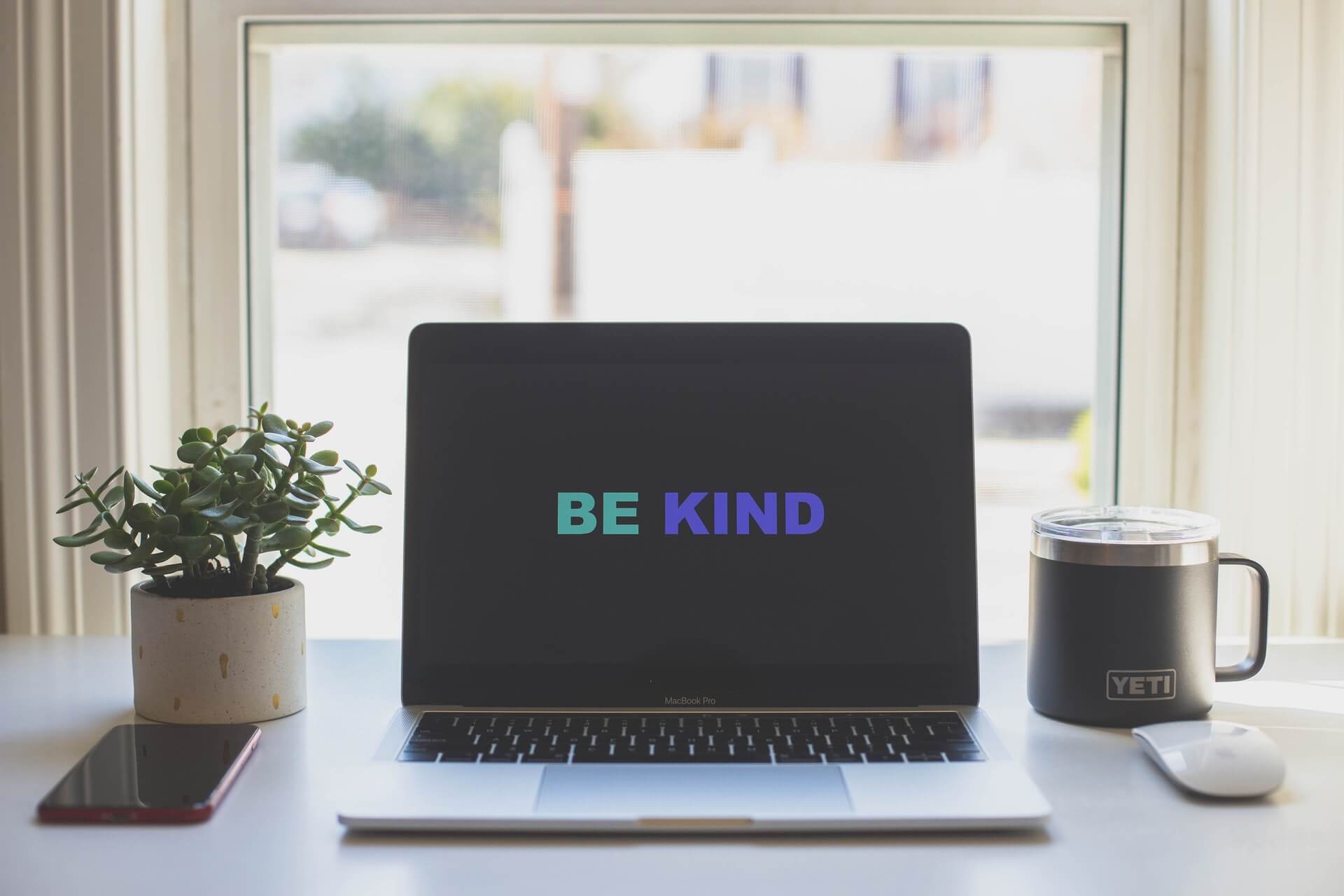
“I’m surprised you’ve made it this far successfully,” was the first sentence a new doctor said to me after disclosing that I have Attention Deficit Hyperactivity Disorder (ADHD). Unfortunately, this wasn’t the first time I’ve been told that because my brain works differently my success was merely luck.
I, like many others, identify as neurodivergent (an “invisible” disability). Neurodivergent individuals think, behave and learn differently to what is considered “typical” in society. Individuals may identify as having ADHD, Autism, Dyslexia, OCD, Asperger’s, Sensory Processing Disorder, Tourette’s Syndrome, and so on. It’s important to note that many of us do not identify as being disabled, but this does vary depending on the person.
The biggest challenge I faced growing up and continue to face is trying to force myself to fit into neurotypical environments or perform like I have a neurotypical brain—and unfortunately, I am not alone. Whether in school or at work, many of us have been trained to change ourselves to fit the environment, instead of adjusting the environment to fit us.
This week, I had the opportunity to virtually attend the Disability:IN Annual Conference and after joining multiple sessions, it became abundantly clear we need to actively recognize cognitive differences as part of our diversity and inclusion efforts. Supporting neurodiversity means accepting that brain “differences” are normal, rather than deficits; and supporting neurodiversity in the workplace should be seen as a DE&I opportunity.
A few key takeaways I learned from the conference:
Leaders and companies that have turned their attention to diversity, equity and inclusion efforts have made huge progress toward equality across race, gender and sexual orientation, but now it’s time to include disabilities as part of those initiatives. To truly achieve equality and foster an inclusive environment, it is essential to include and support those who have disabilities, whether visible or invisible.
Just as we all come in different shapes, sizes and skin color, our neurological differences are a part of us and humanity.
We thrive on solving the toughest business and brand challenges. We’d love to discuss how we can help you ignite your spark.
hello@currentglobal.com